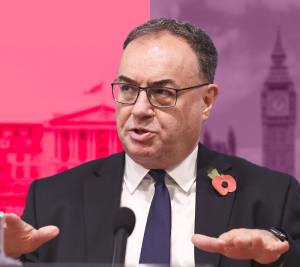With interest rates low and inflation strengthening, this isn’t an environment for savers. Yet more-than half of women in the UK aren’t investing because they don’t have enough money at the end of the month, Moneyfarm research shows.
The gender gap is having a direct impact on how women can prepare financially for the future, with one in four having no disposable income, compared to 14% for men.
Although the gender pay gap is at its lowest since records began, at 18.1% it is still getting in the way of women achieving their goals – whether that’s travelling, buying a house or building up a decent pot for retirement.
Is cash safe?
Cash isn’t as safe as it once was. Whilst the rock-bottom bank rate is currently reflected in the paltry returns on savings accounts, inflation has been marching higher – plateauing at 2.3%¹ in March.
Unfortunately, this means any cash that isn’t earning above-inflation returns will have less purchasing power in the future. With the best easy-access cash ISA rates at around 1%², savers need to make their money work harder so they can afford a decent standard of living in the future.
Despite this real risk, nearly half of women in the UK have no financial investments at all, whilst over two thirds of men do. And even if women do invest, men are three times more likely to have portfolios worth between £50,000-£100,000.
This gender bias continues beyond the ability to invest. Men are seven times more likely to add funds to their account on a weekly basis, which means they’re more likely to benefit from pound cost averaging.
By investing smaller amounts regularly, investors aim to smooth out fluctuations in an asset price, which has the potential to maximise returns.
Investing myth-buster
It’s a common myth that investing is purely for the rich. Thanks to the rise of low-cost and transparent investment products like exchange traded funds, you don’t need tonnes of money. A little and often approach to investing may suit you better.
Moneyfarm uses exchange traded funds to build portfolios that are designed to meet your risk tolerance.
¹ Office for National Statistics
² Money Saving Expert





